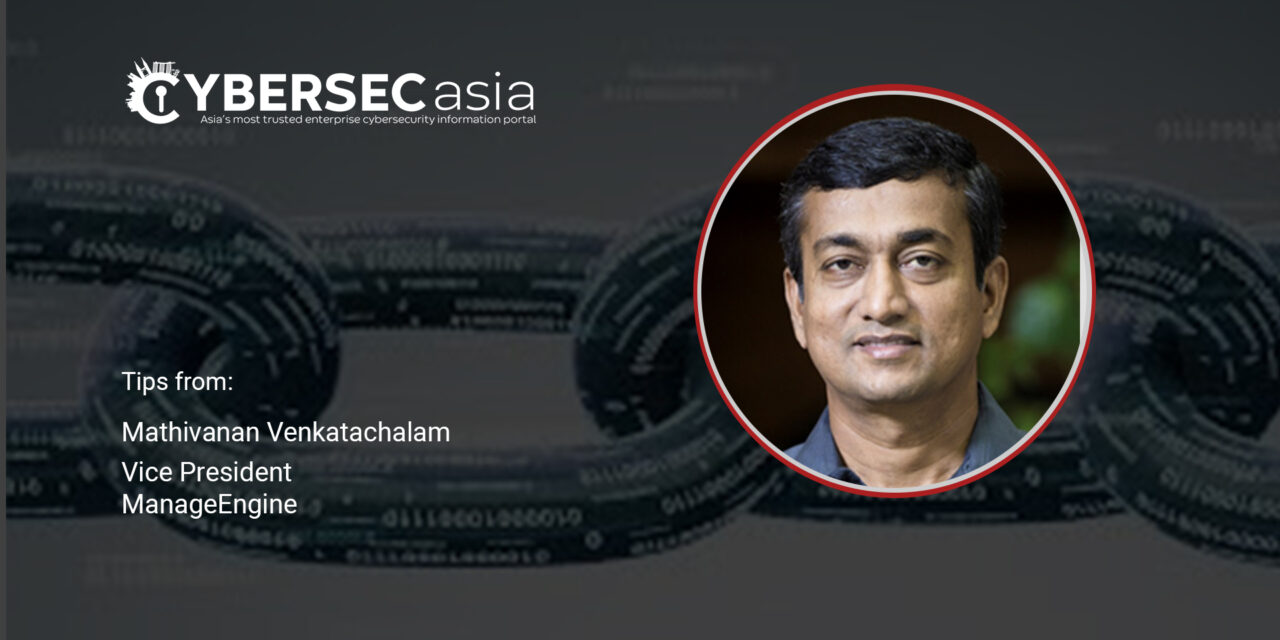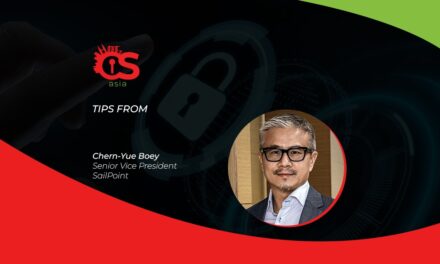With the corporate perimeter now vastly broadened by remote-working, organizations may need to consider unifying this crucial cybersecurity process …
While there are obvious benefits to a distributed workforce, having a sizeable portion of your endpoints beyond the corporate perimeter warrants quicker and more effective security methods.
More than ever, there is a need to stay vigilant of vulnerabilities in your endpoints and keep them patched as and when vulnerabilities appear.
This is even more pressing considering the recent surge in vulnerabilities, amounting to 8,993 security vulnerabilities (CVEs) so far in H1 2021.
Patch and vulnerability management caveats
Traditionally, vulnerability and patch management involve dedicated tools operated by different teams. The security team employs vulnerability scanners to identify vulnerabilities in endpoints and shoots a ticket to the IT or remediation team with vulnerability details and required action items to fix them.
IT administrators then utilize patching tools to sweep the network for missing patch details, and they compare those findings with the data sent by the security team to correlate the patches required to resolve the vulnerabilities.
Then, the IT team proceeds to download patches from vendor sites, test them for stability, and deploy them to their production environment. Another round of scanning is performed by the IT team to ensure the vulnerability is thoroughly fixed, and the remediation status is sent to the security team, requiring the latter to perform additional validation to close the vulnerability management loop.
But there are multiple caveats to this fragmented approach. Here are a few reasons why it is inadequate for distributed IT, where vulnerabilities require instant, effective action.
- Delayed remediation
Juggling multiple tools for patch and vulnerability management results in a siloed, inefficient workflow, adding complexity, creating redundant scans, widening the gap between vulnerability detection and patching, and dramatically slowing down the process of remediating risk.
That may be why organizations in general take more than a few months to close a discovered vulnerability. Some reports peg the time delay to patch vulnerabilities for an internet-facing system is roughly 70 days. While awareness of the need to shrink this gap has been growing, organizations need to speed up the pace, especially now with remote endpoints exposed directly to the internet.
- Lack of accuracy
Point products may not interface well with each other, increasing the likelihood of potential disparity in data between integrated solutions. In other words, all the required patches may not get deployed completely, and critical vulnerabilities could remain unaddressed.
- Remote-management challenges
Deploying and implementing multiple tools on remote endpoints can be clumsy and time-consuming, with the endpoints constantly plugging in and out of the network. Besides, managing multiple clients on remote endpoints can impact the VPN bandwidth. Adding to this challenge, installing multiple agents strains system resources and affects their performance.
- Difficulties in scaling
The modern IT landscape is characterized by the frequent addition of new remote assets. An instance of one of the agents not being installed on any of the new remote assets could introduce further complications in the workflow and leave behind security gaps.
- Increased security budget
The deployment and maintenance of separate tools for patch and vulnerability management may cost two times as much as an integrated solution, especially if each product in the process involves training for new staff.
It is high time that organizations start looking at vulnerability and patch management as a unitary process.
Integrating patch and vulnerability management helps overcome these caveats by providing all the involved teams with unified visibility and better tracking from detection to closure of vulnerabilities across your distributed IT.
With just a single interface and a single agent to maintain, scaling and management challenges are considerably reduced. Additionally, an integrated process simplifies the entire vulnerability management life cycle by automatically correlating vulnerability and patch information and facilitating direct remediation.





















